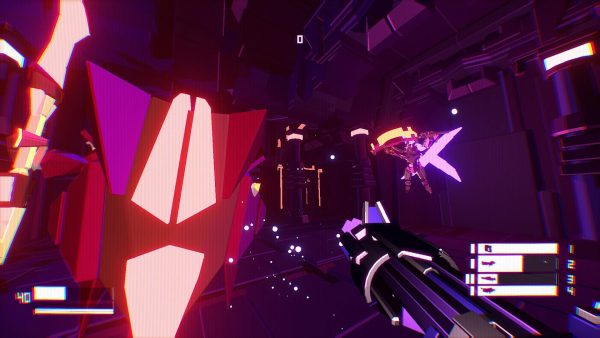

Each mission is self-contained, focusing on a single aspect of gameplay, maybe two. In Sequence 1 we have a bit of fighting, a bit of chasing, hiding, and climbing. Instead of starting with a Master Assassin like with AC1 before having all your powers taken away, this time the gameplay and the story would work in tandem. Turn you into one of us…if you can follow in footsteps, you’ll learn everything he did…years of training absorbed in a matter of days. When Lucy breaks him out of Abstergo and takes him to the Assassin hideout, she says, What helped was that in theory they were working from scratch again. He expanded upon this by saying that missions would be knitted together to create unique scenarios, such as starting with an escort, then a chase, followed by an assassination. The five or six different missions types in AC1 were taken and expanded upon, with Désilets saying there would be around sixteen different mission types for the sequel ( 0:39). The missions were scrapped and revamped for the sequel (Source: ). “…we got rid of the entire structure of the first one where we had the investigation part and then the assassination parts. Creative Director Patrice Désilets said in an interview that, They had the perfect base, and now the time and the resources to nail the formula down.Įven though I just said Ubisoft had the perfect base to create a sequel from, all of it pretty much went out the window from the start. The first major change would be started with Assassin’s Creed 3, whose production ran concurrently with a second team in Montreal.īut the developers didn’t need a grand vision. Ubisoft wanted a sequel soon, with only two years of development time given compared to the four that the original had got.

Possibly overly ambitious, but that’s why a sequel seems perfect. You have to remember, Assassin’s Creed 1 was built with an entirely new engine, and Raymond said Ubisoft were looking to, “…redefine gameplay…” ( 1:43). “…we didn’t succeed on all of the fronts and we realised some of the things some of the ideas we tried turned out great and some of the ideas we tried didn’t turn out, and because we were trying to innovate so much we kind of ran out of time to do some of the things we wanted to do.” ( 4:16) Raymond mentioned this in the same interview, And with so many features that were missing in AC1 due to development times, the team now had the ability to implement them. Tripling the size of the team in Ubisoft Montreal, with 75% of the original creators working on the sequel, Ubisoft sure had the pedigree.

“We did ask ourselves the question, you know if we do create a game that is successful, how do we make sure there is a structure, an overarching kind of meta-story that can continue to play out…that was one of our aspirations…” ( 2:03) This seems to have been the intention from the beginning, with AC1’s producer Jade Raymond stating in an interview, With Assassin’s Creed being one of the biggest-selling new IPs in history (it is currently 18 th of all time), Ubisoft knew they needed to have a sure-fire hit follow-up. In November 2008, CEO of Ubisoft, Yves Guillemot, announced as part of Ubisoft’s financial report that the sequel was in development.įive months later on April 16 th, Assassin’s Creed II was officially announced.
Multi counter kill syndicate series#
What started as a spin-off of the then still popular Prince Of Persia series sold over eight million copies in 2007-2008, an impressive feat for a new IP even at a major AAA studio.Īccording to MCV, it debuted at No.1 in the UK charts, snatching the position from under probably the most influential game of the 2000s, Call Of Duty 4: Modern Warfare. The first Assassin’s Creed broke all sorts of records.


 0 kommentar(er)
0 kommentar(er)
